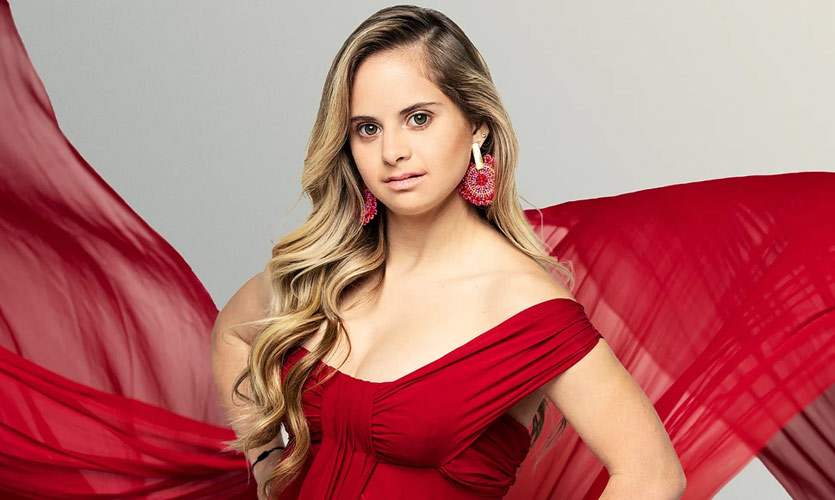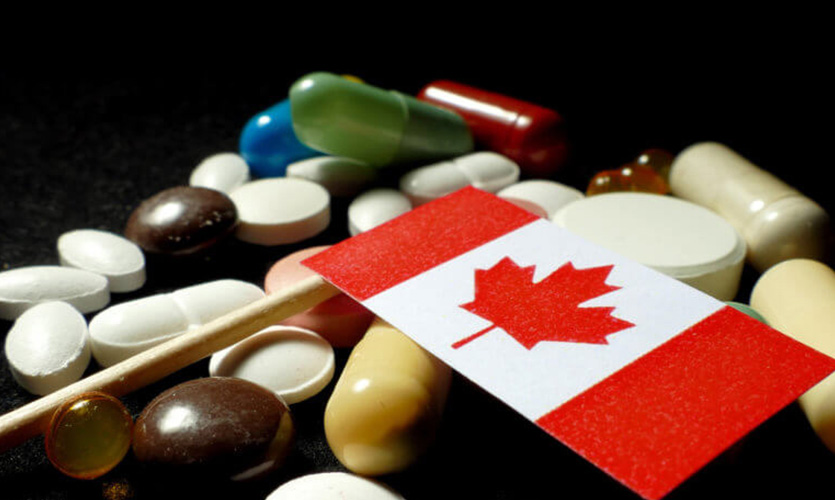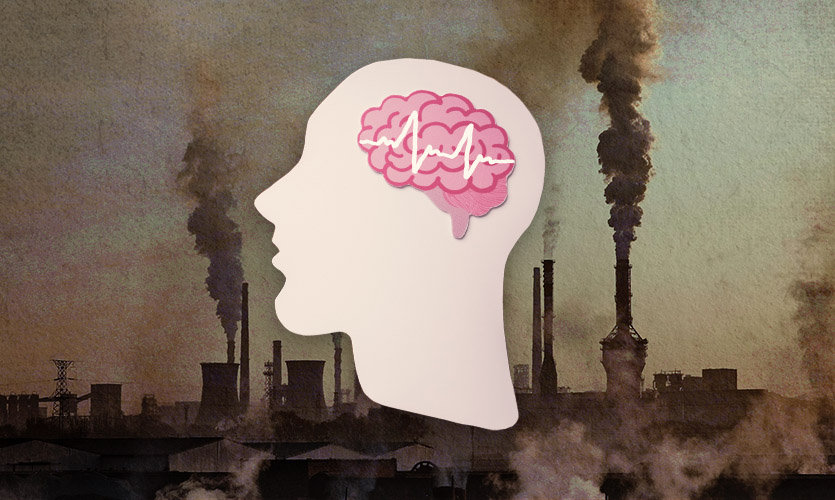Victoria’s Secret has been facing criticism for its choices of white and skinny models, popularly termed ‘angels’. In response to this criticism, the brand has reached out to racially and physically more diverse models to represent its products. It has showcased a lingerie collection for a wider range of skin and body types. As part of their diversity campaign, the brand has approached models like Sofia Jirau and plus-sized model Remi Bader. Furthermore, Victoria’s Secret has also signed on Emira D’Spain who is the brand’s first black transgender model.
Sofia Jirau has been making headlines around the world for becoming the first model with Down Syndrome to model for the popular lingerie brand Victoria’s Secret. Jirau is featured in the brand’s 2022 campaign for its ‘Love Cloud’ collection of lingerie.
The Puerto Rican beauty has been modelling since 2017 and even took part in the 2020 New York Fashion Week. Jirau is also an entrepreneur who, in 2019, started an online store called ‘Alavett’ – a play on her favourite phrase “I love it.” It sells clothing, accessories and home goods. Through her modelling and entrepreneurship Jirau has become a role model for others with Down Syndrome. She has also shown the world her unique beauty and capabilities on and off the ramp.
Down Syndrome is a genetic disorder caused by the presence of a full or partial extra copy of chromosome 21. People with the syndrome exhibit certain characteristic facial features and have varied levels of physical and intellectual disabilities. Those with milder symptoms can function quite independently as adults although they may need guidance on certain matters.
Sofia Jirau is not the only model with Down syndrome. There are other models, both male and female, who have slowly but surely been making their presence known in the fashion world. Models like Grace Strobel, Madeline Stuart, Beth Mathews, Jack Brumpton and Harry Britton are busy breaking boundaries and stereotypes. Kate Grant became the first model with Down Syndrome to model for Debenhams.
In fact, Victoria’s Secret also signed on our very own brown beauty, Priyanka Chopra, as a brand ambassador in 2021. In the same year, American soccer player Megan Rapinoe was brought in as a brand ambassador. Victoria’s Secret evidently wants to be seen as representative of all women, irrespective of colour, size and body type.
Closer to home, there is a growing awareness of the need to bring in models that embody a less stereotypical idea of beauty. Laxmi is an acid attack survivor who was signed by the clothing brand Viva N Diva to be their brand ambassador. Shantanu Gosavi is probably the first Indian model with Vitiligo, a skin condition in which the skin starts losing pigment and white patches appear across the face and the body. Shantanu was a model influencer for YBP Cosmetics. Internationally too, there are some models with Vitiligo, like Winnie Harlow who was also a contestant on the popular TV show America’s Next Top Model. The makeup brand Cover Girl also hired Amy Deanna, its first model with Vitiligo, in 2018. Such representation is an important step towards greater social acceptance and appreciation of the unique beauty of people with different skin conditions.
Some brands have attempted to diversify their brand image. However, this representation is yet few and far between. Hopefully, more brands will follow suit. More inclusive beauty collections, in terms of clothes and make-up, can attract more customers for these brands. At the same time, as consumers see more varied and relatable representation on the runway and on magazine covers, it will spread greater confidence, self-worth and dignity among the larger women populace.
Read more: The Future Is Fluid: How The World Is Adapting To Gender Fluid Fashion










